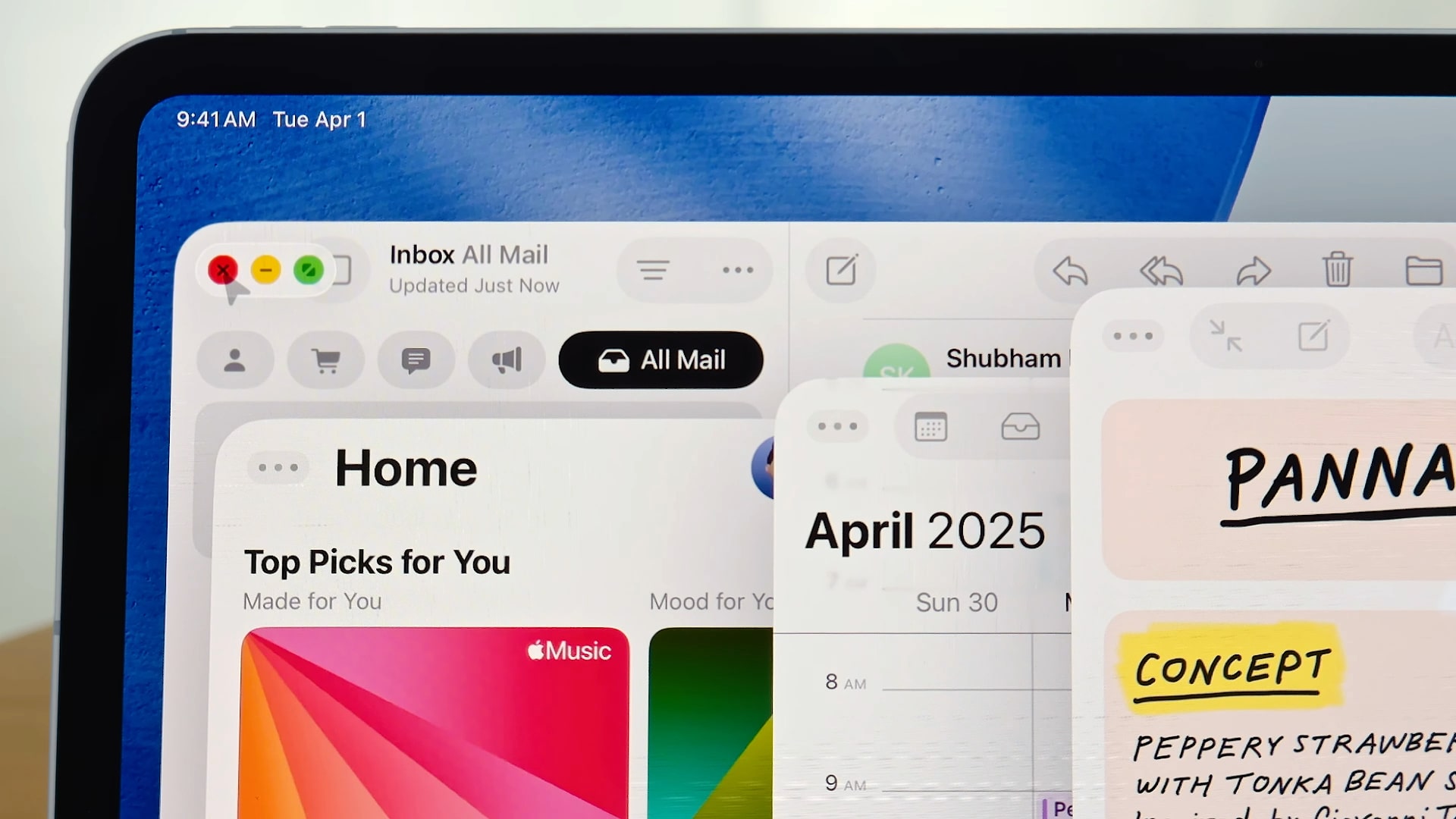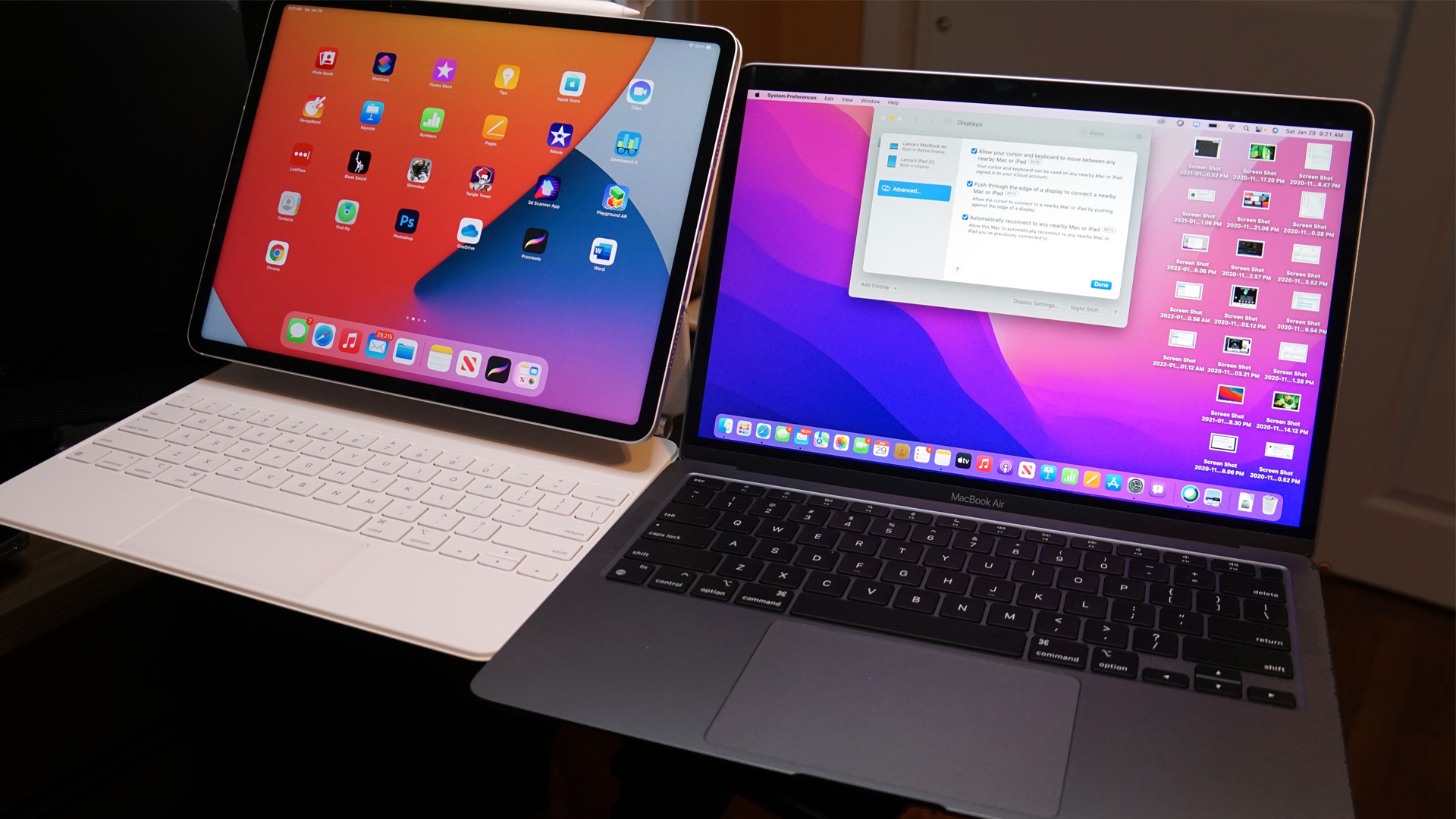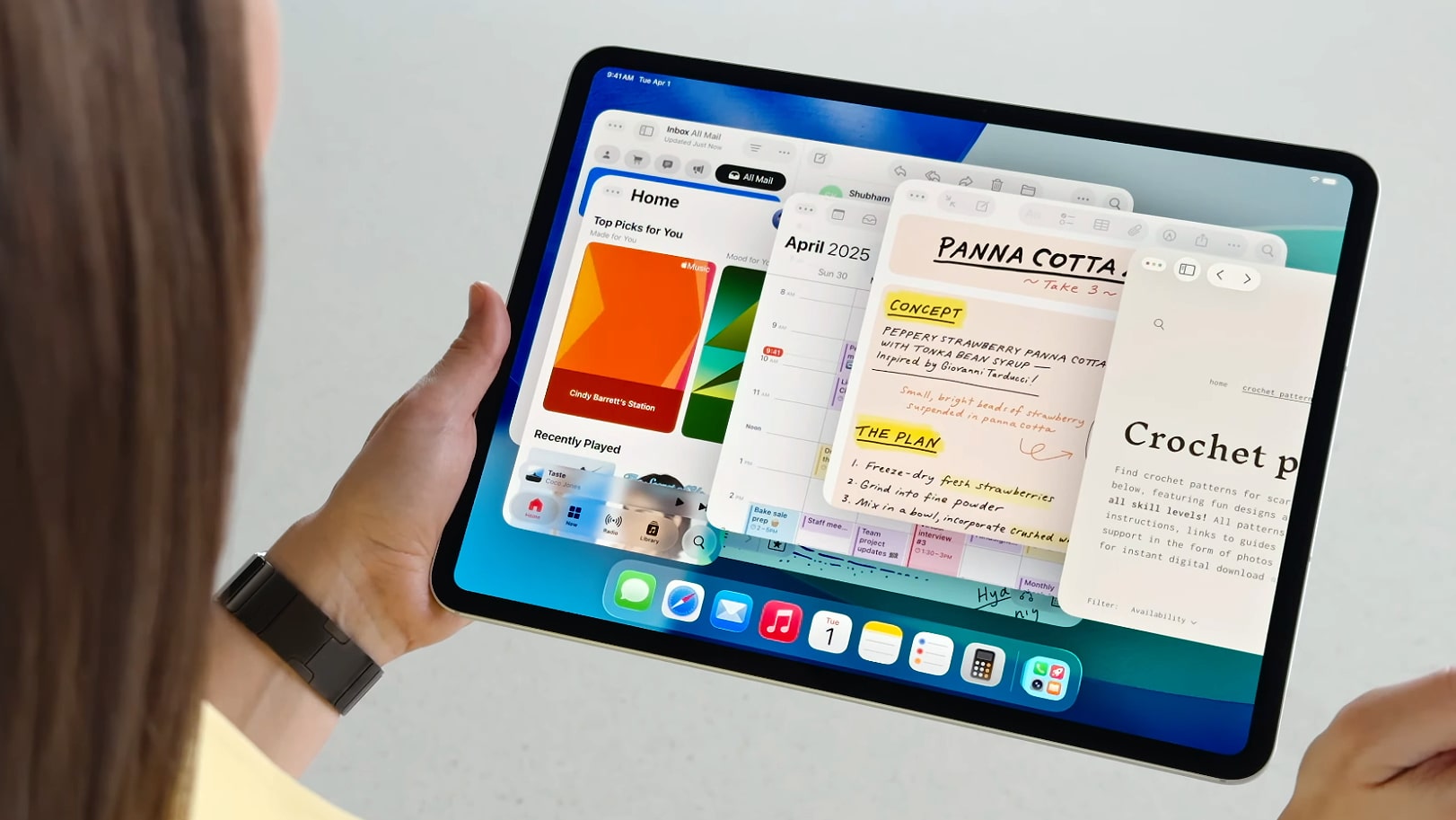For years, users of the best iPads have been contending that their tablets aren’t as capable as they could be, and a big part of that argument centers on window management. After all, the discussion goes, how can you manage multiple apps and workflows if you struggle to keep them all under control?
Well, at its Worldwide Developers Conference (WWDC) earlier this month, Apple attempted to answer those critics emphatically, bringing a huge update to iPadOS 26 that included improved productivity features and multiple overlapping windows, plus several Mac-like additions, including a menu bar and the multi-colored “traffic light” buttons for minimizing and maximizing app windows. It was a massive, long-awaited change.
This got me thinking: while I don’t believe that Apple has any intention of merging iPadOS and macOS for the time being (Craig Federighi even said as much in a recent interview), something is looming on the horizon that’s going to test that resolve to the limit. It might not be long before Apple is forced to reckon with the possibility of cannibalizing its own operating systems in order to make something better.
The foldable future

Despite unveiling a bunch of new features at WWDC that brought its iPad and Mac software releases closer together, Apple’s actual hardware remains solidly distinct. You’re unlikely to confuse an iPad tablet for one of the best MacBooks (unless you’ve attached it to a Magic Keyboard mount, of course).
Yet if the rumors are to be believed, this could all change in the next couple of years. That’s because according to Bloomberg reporter Mark Gurman’s latest Power On newsletter, Apple is set to release a 19-inch foldable device by 2028 that sits somewhere between Apple’s tablet and its laptop.
The idea is you can fold it out flat and use it like a giant tablet, or crease it along its hinge and use it as a laptop. Apple has never made something like this, but companies like Huawei have already launched their own attempts. We even reviewed the original Asus Zenbook Fold a couple of years back, when this tech was still in relative infancy. Don’t be surprised to see more in the coming years.
A product like this raises some serious questions regarding software. Right now, Apple says that merging iPadOS and macOS wouldn’t work because macOS isn’t designed for touch and iPadOS should retain its simplicity. In other words, a sturdy boundary should divide the two platforms. But what do you do to your software when your hardware has already obliterated those boundaries?
That might become the reality by late this decade. Depending on what Apple does to its software at that time, Federighi might have to eat his words.
Testing Apple’s resolve

Over the years, Apple has given a few different reasons why it’s not planning to merge iPadOS and macOS, but they’ve all come back to the idea that the two systems are better off apart. By forcing tablets and computers to use the same platform, Apple says, you end up making too many compromises to get the operating system working well for everyone. The result is a bland mixture that loses everything that makes iPadOS and macOS unique and powerful.
But there might be another thought that’s holding Apple back: the fear of cannibalizing its own products. This makes a certain degree of sense – while neither the Mac nor the iPad bring in as much raw cash as the iPhone, they’re still massive moneymakers for Apple. Why jeopardize that?
Interestingly, this might not be a way of thinking that Apple founder Steve Jobs would have embraced. Under his watch, the company occasionally launched devices that overshadowed its other products (or made them outright obsolete). Take the iPhone, for example: for all of Apple’s rivals’ talk of releasing the next “iPod killer,” it was the iPhone itself that leapfrogged the iPod and led to its premature demise.

That wasn’t some accident – it was a very deliberate decision on Apple’s part. I’m currently reading the Steve Jobs biography by Walter Isaacson, and coincidentally came across the following Jobs quote right around the time Apple was bringing Mac-like features to iPadOS 26: “If you don’t cannibalize yourself, someone else will.” Destroying your own bestsellers every now and then was a way to keep your lineup fresh, embrace exciting advances, and avoid getting stuck in a technological rut.
When the foldable iPad-Mac hybrid arrives a few years down the road, will Apple be able to call upon that mindset when it comes to the software that runs on this device? Will it cannibalize iPadOS and macOS with something newer, stronger, and better suited to its foldable?
Or will it pick an existing operating system and maintain its insistence that iPadOS and macOS must be kept forever discrete, even on the clearest example yet of the company overlapping its hardware?
None of us can know for sure what will happen, but I’ve no doubt that Apple is frantically trying to work out the best approach inside its top-secret labs. This foldable will be the sternest test yet of Apple’s ability to craft a software experience that works for the hardware at hand – and could help us finally learn whether it will ever merge iPadOS and macOS.
